
PTMs | ubiquitin | single-molecule enzymology🔬| chromatin | PRC1 mediated gene regulation 🧬
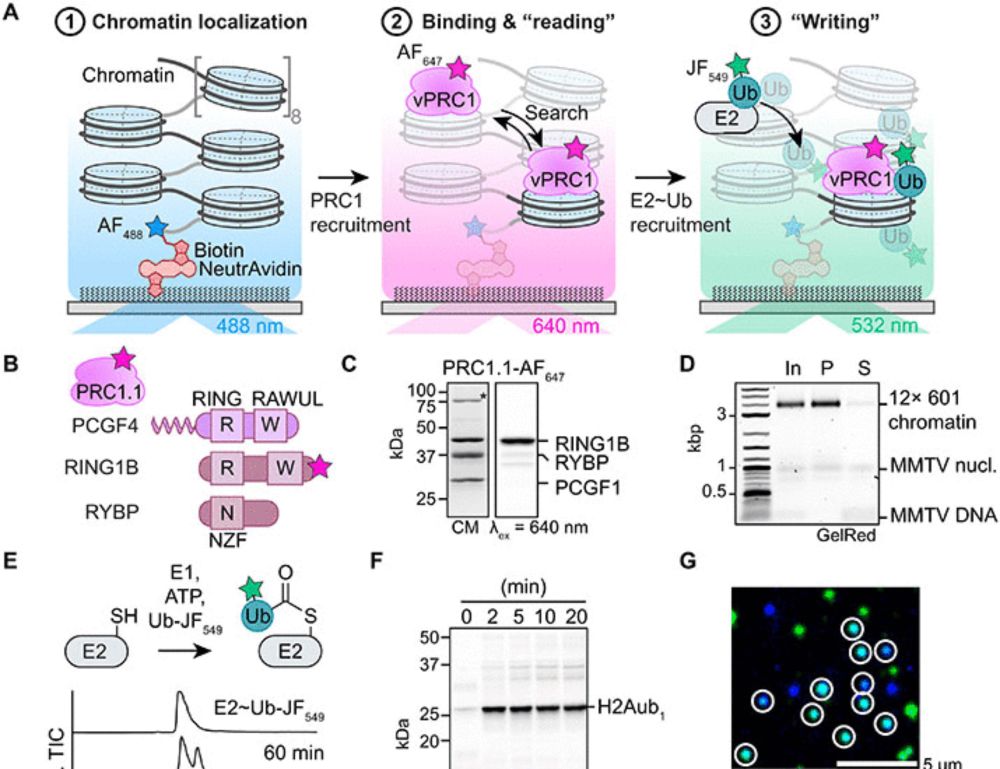
Thank you, @beatfierz.bsky.social for all the guidance as well as the @lcbm-epfl.bsky.social group members for all the support!
doi.org/10.1126/scia...
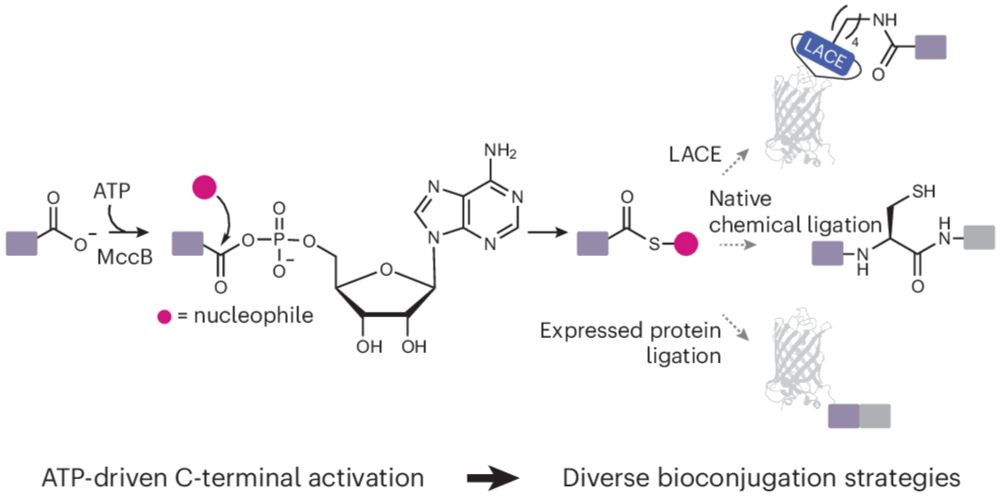
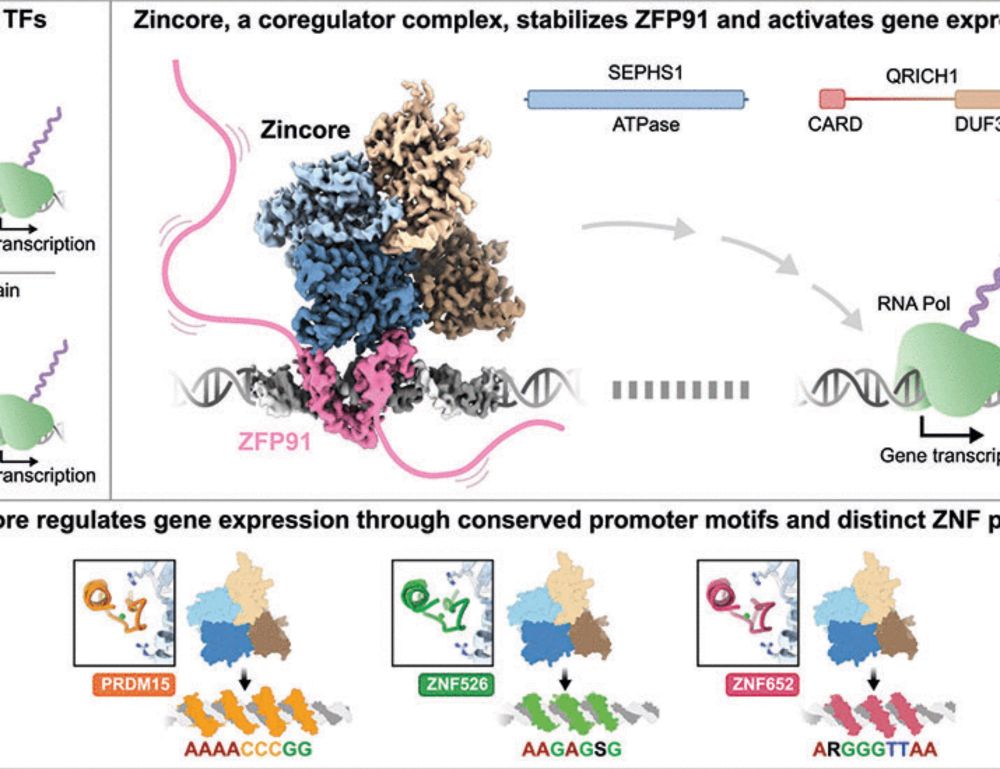
It’s the cover story for Issue #12! We drew inspiration from Greek mythology to illustrate the endless work of CTCF in shaping the 3D genome architecture.

It’s the cover story for Issue #12! We drew inspiration from Greek mythology to illustrate the endless work of CTCF in shaping the 3D genome architecture.
New preprint!
How do transcription factors (TFs) use intrinsically disordered regions (IDRs) to find their target sites?
www.biorxiv.org/content/10.1...
#TranscriptionFactors #IDPs #SingleMolecule #Biophysics

New preprint!
How do transcription factors (TFs) use intrinsically disordered regions (IDRs) to find their target sites?
www.biorxiv.org/content/10.1...
#TranscriptionFactors #IDPs #SingleMolecule #Biophysics
www.science.org/doi/10.1126/...

www.science.org/doi/10.1126/...
Thank you, @beatfierz.bsky.social for all the guidance as well as the @lcbm-epfl.bsky.social group members for all the support!
doi.org/10.1126/scia...

Thank you, @beatfierz.bsky.social for all the guidance as well as the @lcbm-epfl.bsky.social group members for all the support!
doi.org/10.1126/scia...
@mpi-bio-fml.bsky.social
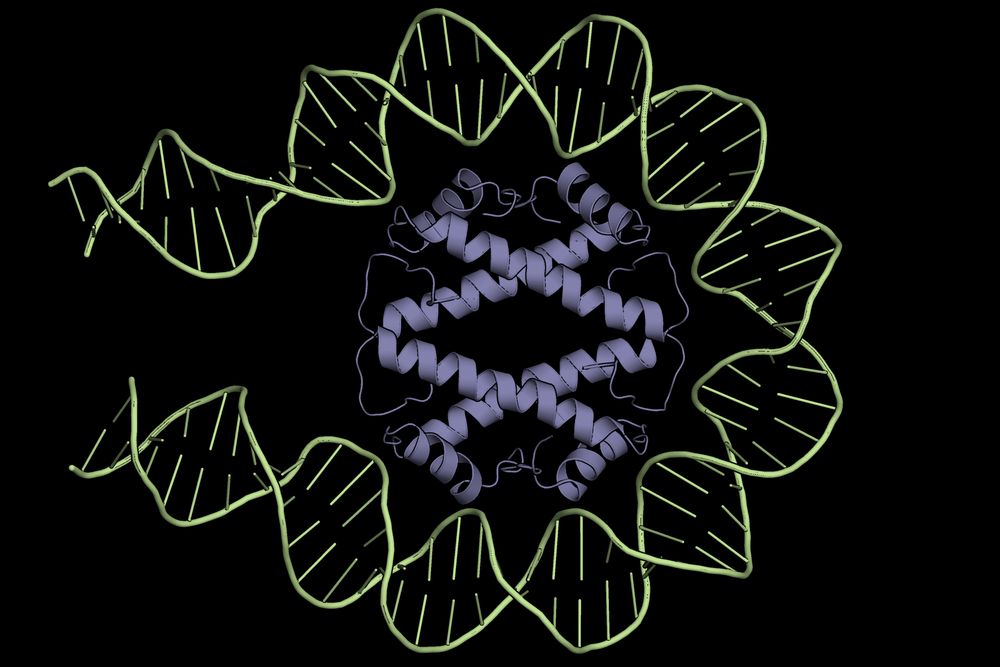
@mpi-bio-fml.bsky.social
I’m shattered 💔 to share that I just found out that the US Government terminated my 2024 NIH Director’s Early Independence Award (~$2 million), threatening my long-promised assistant professor job at Columbia University
& academic career... 1/🧵
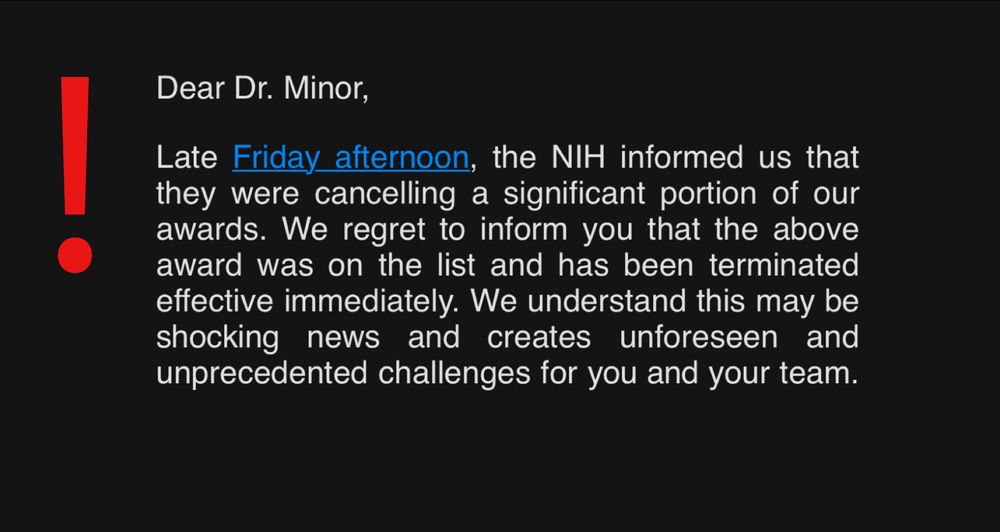
I’m shattered 💔 to share that I just found out that the US Government terminated my 2024 NIH Director’s Early Independence Award (~$2 million), threatening my long-promised assistant professor job at Columbia University
& academic career... 1/🧵
www.nature.com/articles/s41...
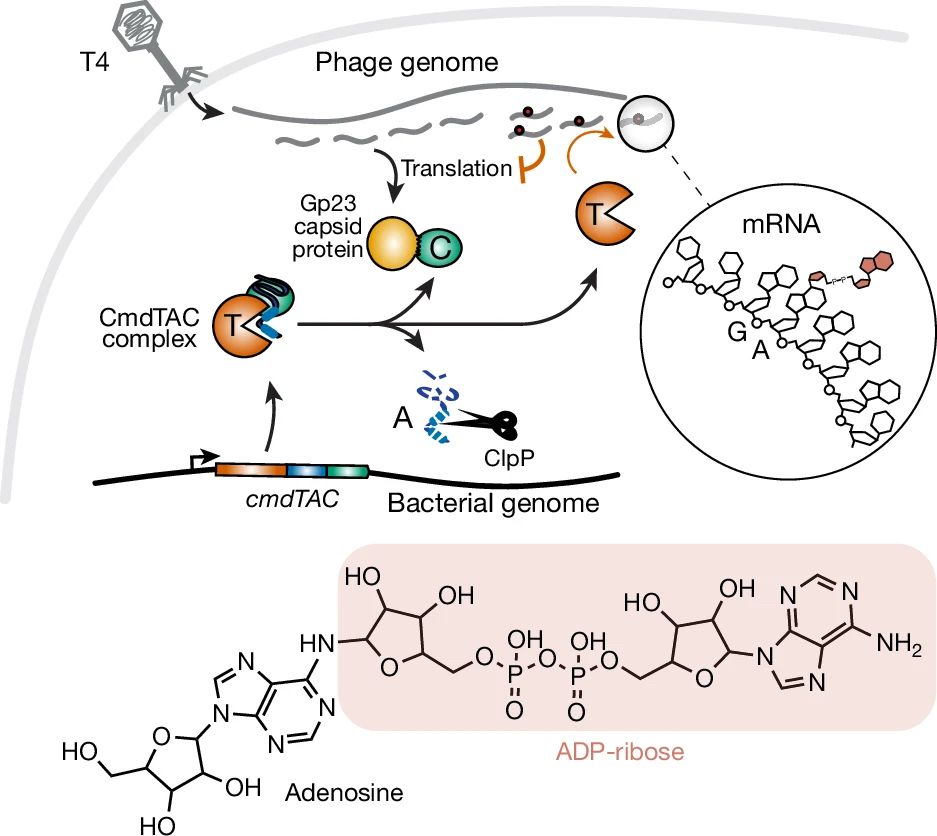
www.nature.com/articles/s41...
www.biorxiv.org/content/10.1...

www.biorxiv.org/content/10.1...

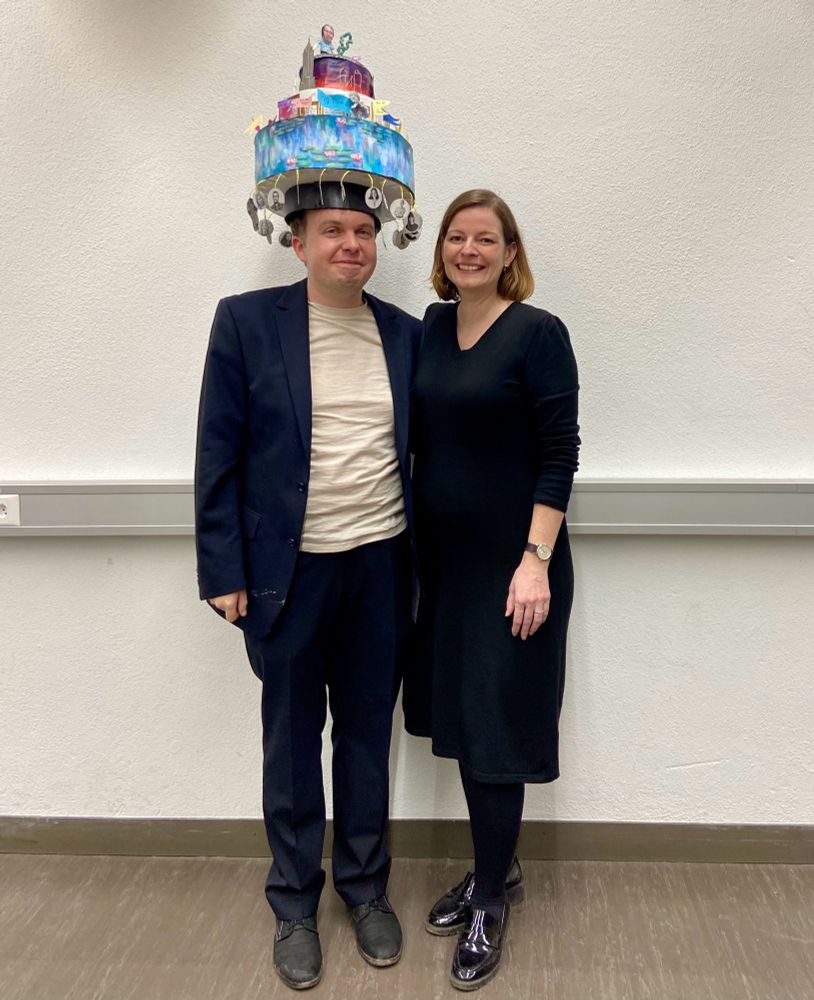

www.nature.com/articles/s41...

www.nature.com/articles/s41...
www.nature.com/articles/s41...

www.nature.com/articles/s41...

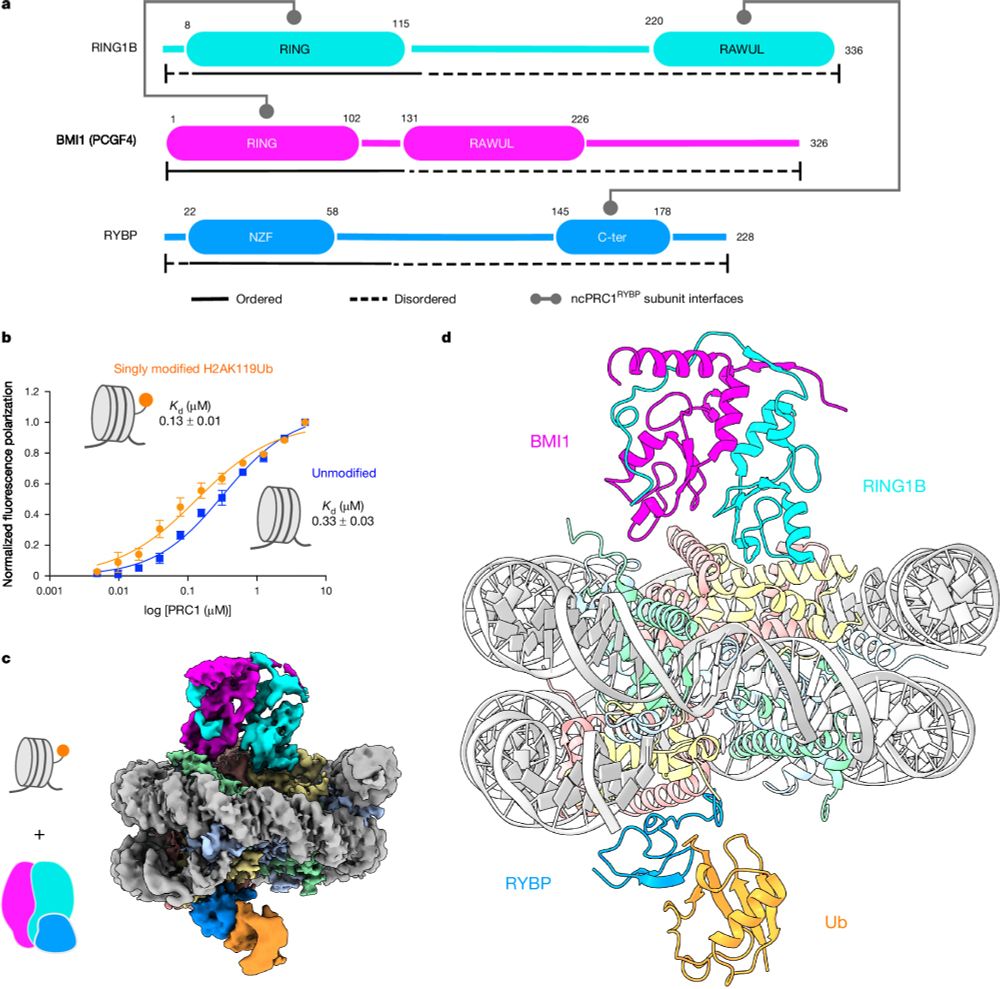
140 PIs & groups posting primary research in chemical biology.
Please reskeet (?) & reply to this post if you want to be added!
go.bsky.app/KLrTWoj
Let's make ChemBioSky even greater again!
#realtimechem #FluorescenceFriday #chemsky #chemtwitter #AgentOrange
140 PIs & groups posting primary research in chemical biology.
Please reskeet (?) & reply to this post if you want to be added!
go.bsky.app/KLrTWoj
Let's make ChemBioSky even greater again!
#realtimechem #FluorescenceFriday #chemsky #chemtwitter #AgentOrange
🔄Share to help people finding its topic/field
- STRUCTURAL BIOLOGY
Structural Biology 1: bsky.app/starter-pack...
Structural Biology 2: bsky.app/starter-pack...
Crystallography: bsky.app/starter-pack...
Synchrotron&CryoEM: bsky.app/starter-pack...

🔄Share to help people finding its topic/field
- STRUCTURAL BIOLOGY
Structural Biology 1: bsky.app/starter-pack...
Structural Biology 2: bsky.app/starter-pack...
Crystallography: bsky.app/starter-pack...
Synchrotron&CryoEM: bsky.app/starter-pack...
chemrxiv.org/engage/chemr...
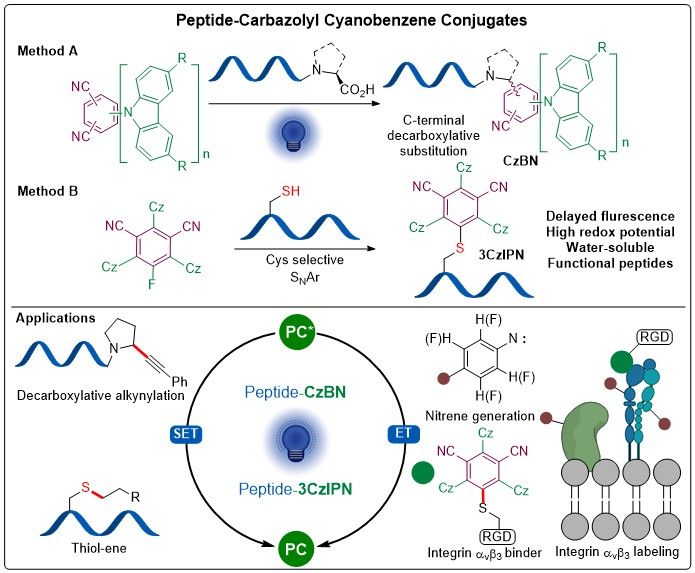
chemrxiv.org/engage/chemr...

